Sunday 28th July to Sunday 4th August
We up anchored and left Debut at 7am in a procession of eight rally boats all on the look out for buoys and fishing nets in which they might get entangled. We managed to weave our way past the numerous FADs (fish aggregating devices), floating rafts which encourage the growth of marine plants and molluscs and attract small fish which in turn attract larger, pelagic fish such as tuna.
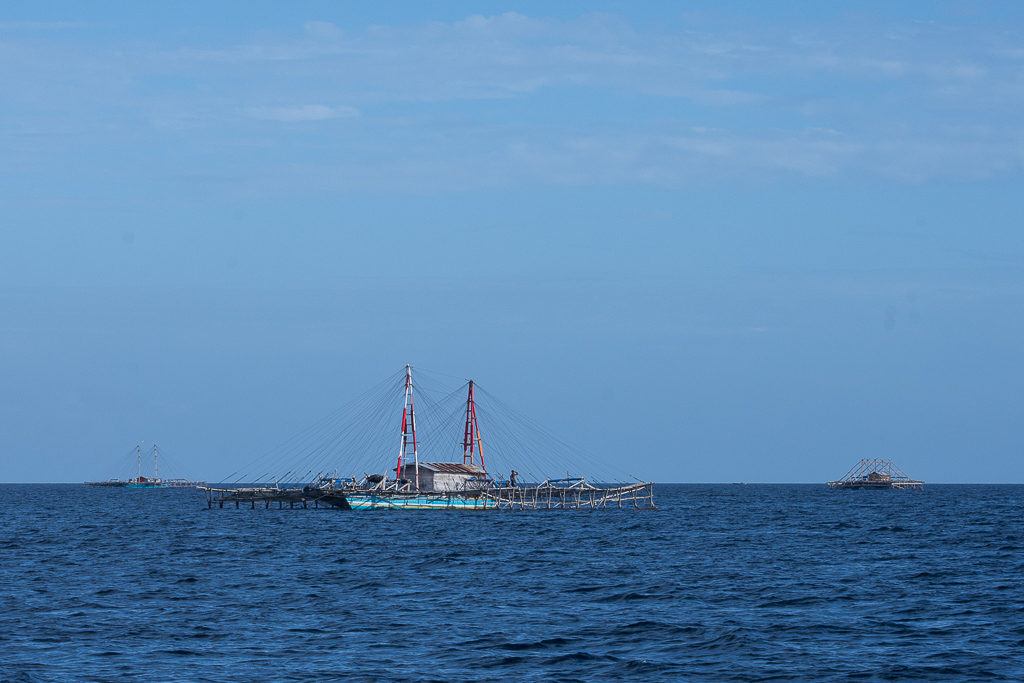
Rather than try to cover the 195nm in two days, we had decided to make an overnight stop in the lee of Walir island with our friends on Hakuna Matata. We motored slowly into the sheltered bay towards the sandy beach which was edged by shallow reef, uncovered at low tide and with a sudden, steep drop-off. We approached as close to the reef as we dared before dropping the anchor in 22 meters of water and hoping the prevailing winds would keep us blown off the reef overnight. Hugh was not happy…. we carry 75 meters of anchor chain on Vega and according to RYA best anchoring practice should be letting out chain to four times the depth of water. We read that many shorelines in Indonesia are like this, suddenly plummeting to great depths, so it is often hard to find suitable places to drop anchor.
A few local boats passed by. I snorkelled under Vega to check the hull. I’d hoped to find that we were dragging a few miles of fishing net which might explain our recent slow speeds, but apart from a general light growth of weed on the hull, it looked clear. Hopefully I’ll get the chance to scrape the weed off soon as it might be slowing us down. There was another yacht at anchor when we arrived, Carpe Mare, and they invited us all over for sundowners.
Our next destination was the Banda Islands aka the ‘Spice Islands’, a group of ten small islands with a colourful and bloody history (more later). An easy overnight sail later we arrived and joined the 40 or so rally boats already there. It was a spectacular anchorage off Pulau Banda Besar, the ‘great nutmeg island’ and the larger of a group of three islands. It was also a very difficult anchorage and we had about ten unsuccessful attempts to get our temperamental Bruce anchor to hold in the seabed with it dragging over loose coral. Eventually, feeling tired and rather frustrated, we headed into shallow water nearer to the shore and Rusty from Satori Two helped us find a patch of sand to drop the anchor in, even diving down to check we were firmly embedded. What incredible kindness we find in fellow cruisers.
It was a 15 minute dinghy ride over to the smaller island of Pulau Banda Neira with the capital and main port of Bandaneira, where the rally activities were based, a 17th century Dutch fort atop one of its hills. The third island, Pulau Banda Api, is largely uninhabited, its tall cone shaped volcano brooding above the three islands. The volcano, Gunung Api, has been active over the centuries and last erupted in 1988, killing three people (most of the inhabitants had chosen to be evacuated to Ambon, a city on one of the larger Indonesian islands, but a few older people had preferred to stay behind).
There were a succession of small villages along the shore and each had its own mosque. Five times a day, starting before 5am, came the call to prayer by the amplified, discordant wailing of four separate voices. Numerous long, low, colourful local boats motor passed us all day long. Not the most peaceful of anchorages but very atmospheric.
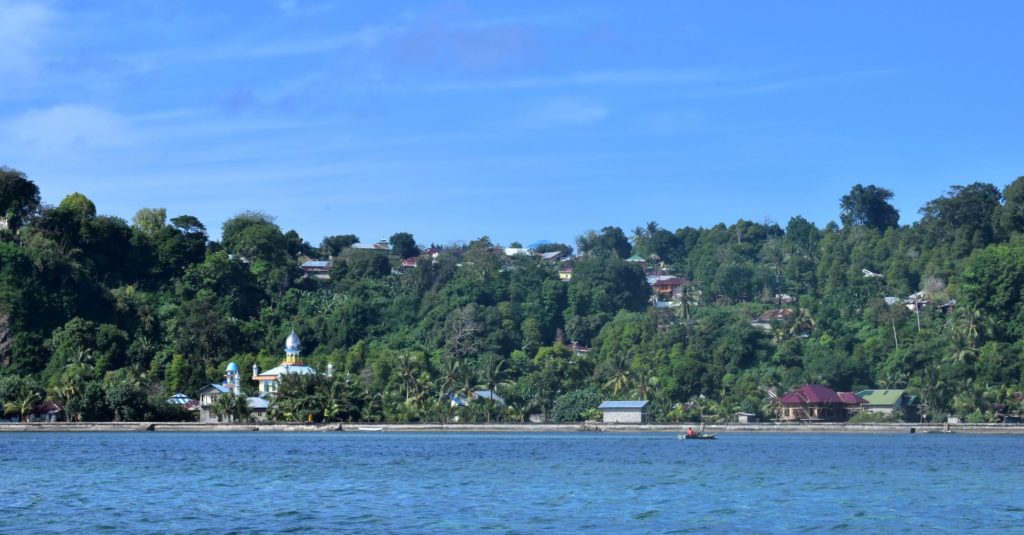
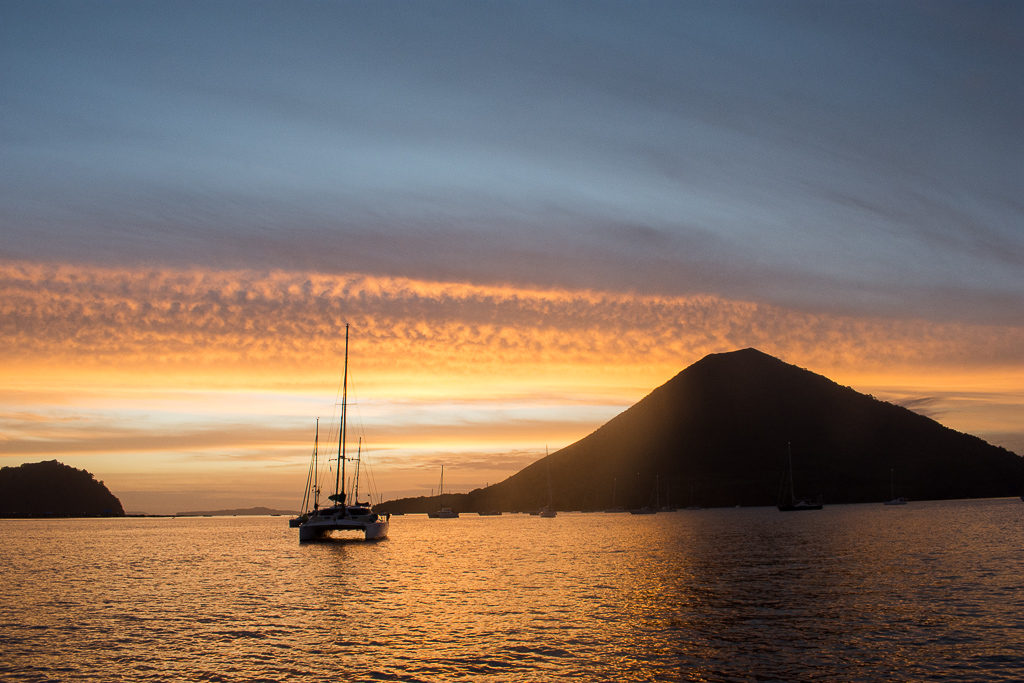
Although we’d missed the opening ceremony to welcome the rally participants with the speeches and dancing, there was plenty of socialising, meals, trips, shopping in the market, snorkeling and the fascinating history.
The Banda islands were fiercely fought over in the 17th century for the nutmeg and other spices growing here. Not only did they make food more palatable but the physicians of Elizabethan London claimed that their nutmeg pomanders were the only certain cure for the plague, which was said to kill in two hours, as well as a host of other ailments. The Dutch had a trade monopoly with the Bandanese which they enforced ruthlessly and cruelly, at one point torturing and killing the chiefs and slaughtering most of the local population, forcing the surviving ones to work the plantations as slave labour. The English, wanting their own supply of this miraculous and hugely profitable spice, had established rights to trade here with just one tiny island in the group, Run. In the end, after a long period of warfare and the horrendous torture of some British traders, the English agreed to swap Run for the island of Manhattan on the east coast of America. Not a bad deal in the long run (pun intended, sorry). The book Nathaniel’s Nutmeg is a fascinating account of the history of this period and of the islands. Until the mid-19th century the Banda Islands were the world’s only source of the spices nutmeg and mace which brought great prosperity to the islands, when the British briefly took them from the Dutch and transplanted nutmeg trees to Ceylon and other British colonies.
Above the small main town of Bandaneira, the imposing Dutch fortress, built in 1611, still dominates the island.
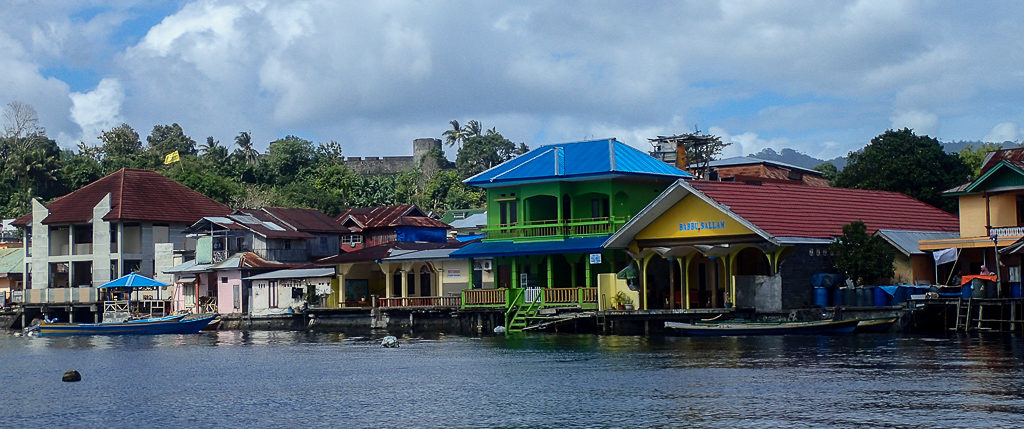
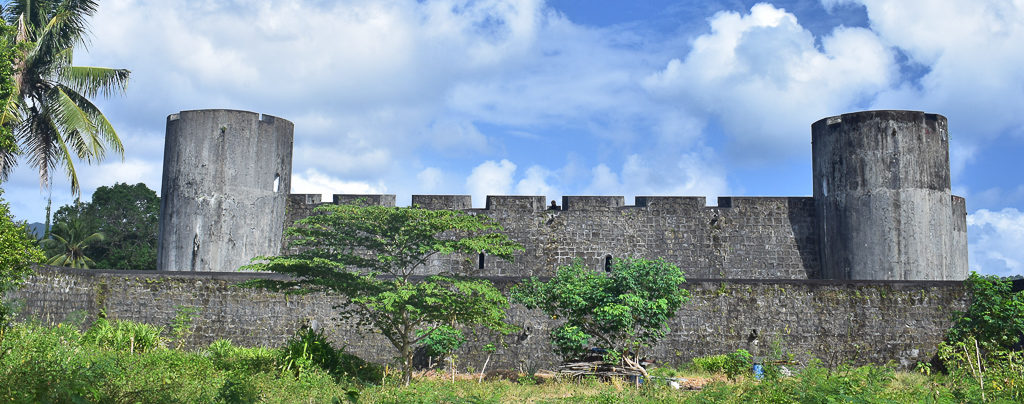
Today the islands still have a relatively affluent feel. We joined a Spice Tour to the small village of Lonthoir on Pulua Besar, with nutmeg, mace, cloves and cinnamon drying in the sun along the narrow main street. The large, spacious houses are brightly painted and reflect the income still earned from spices by these islands.
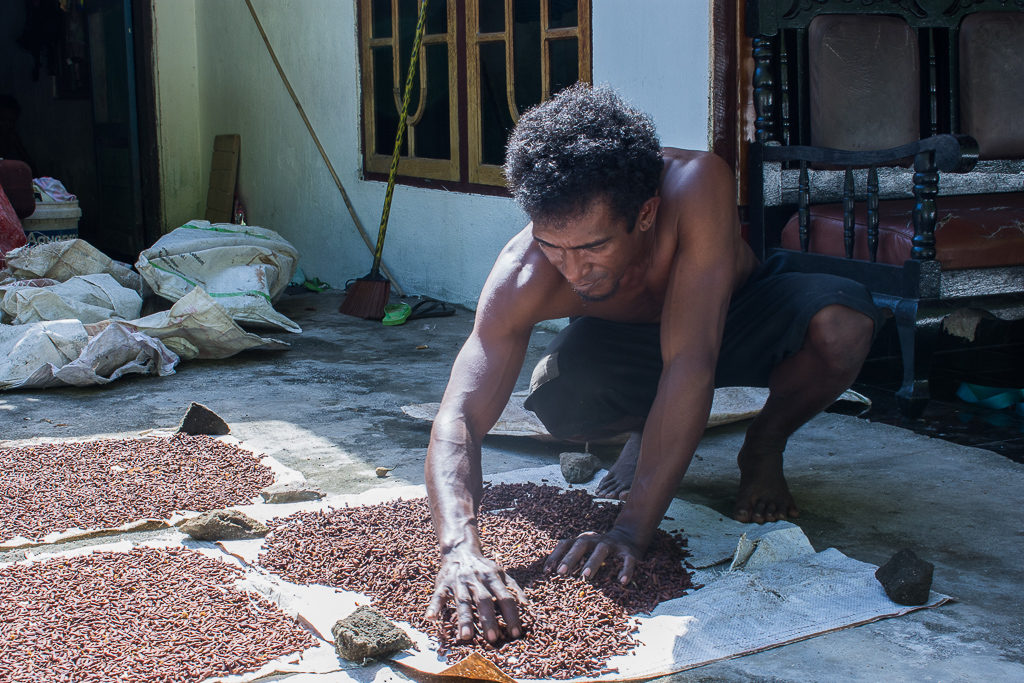
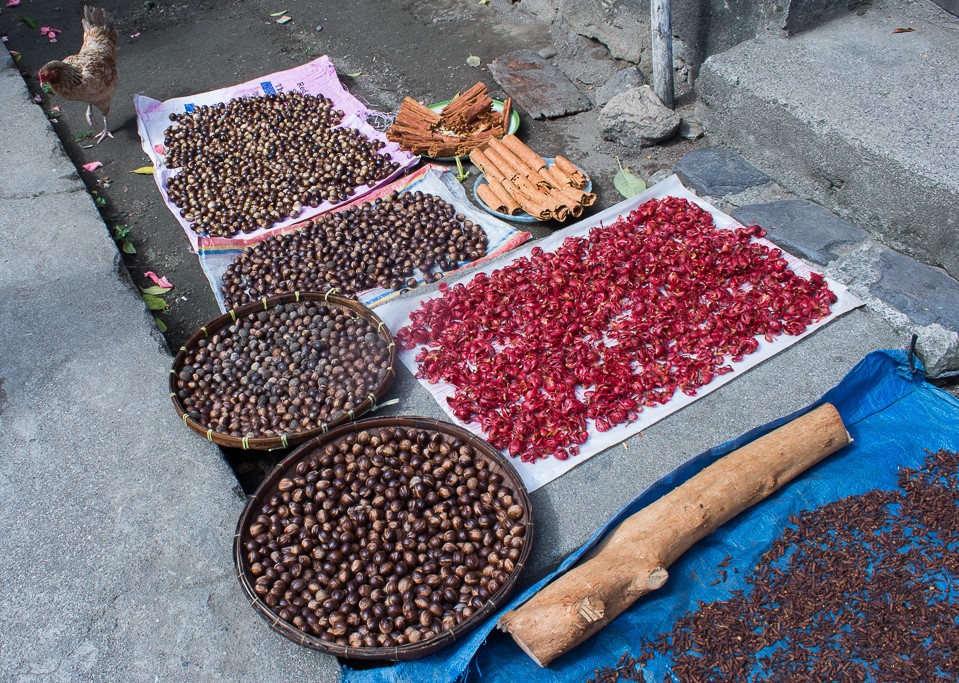
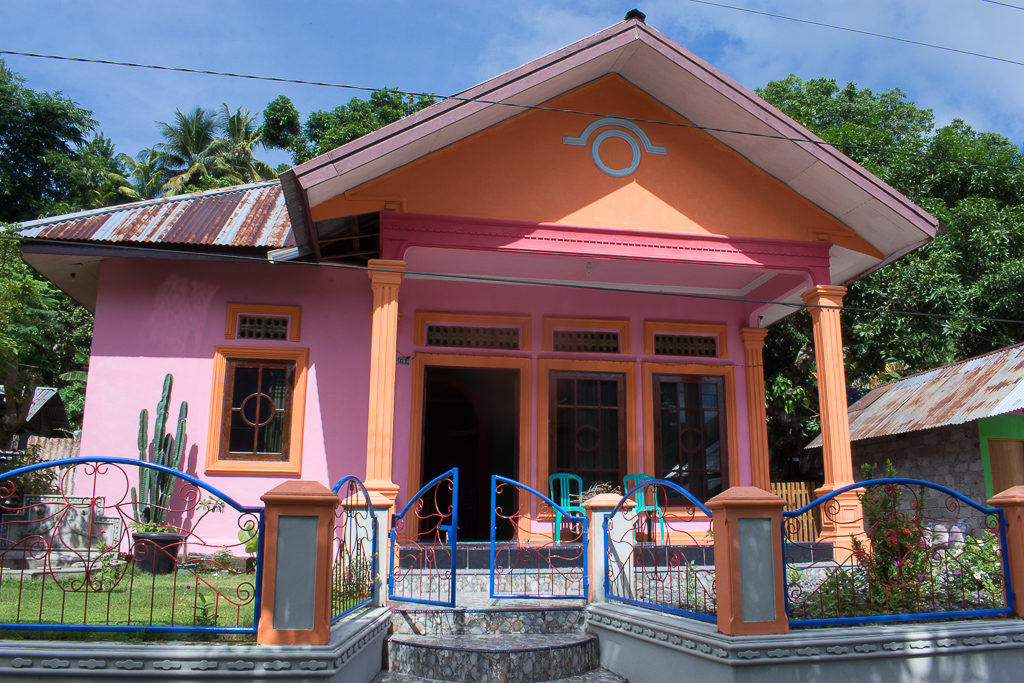
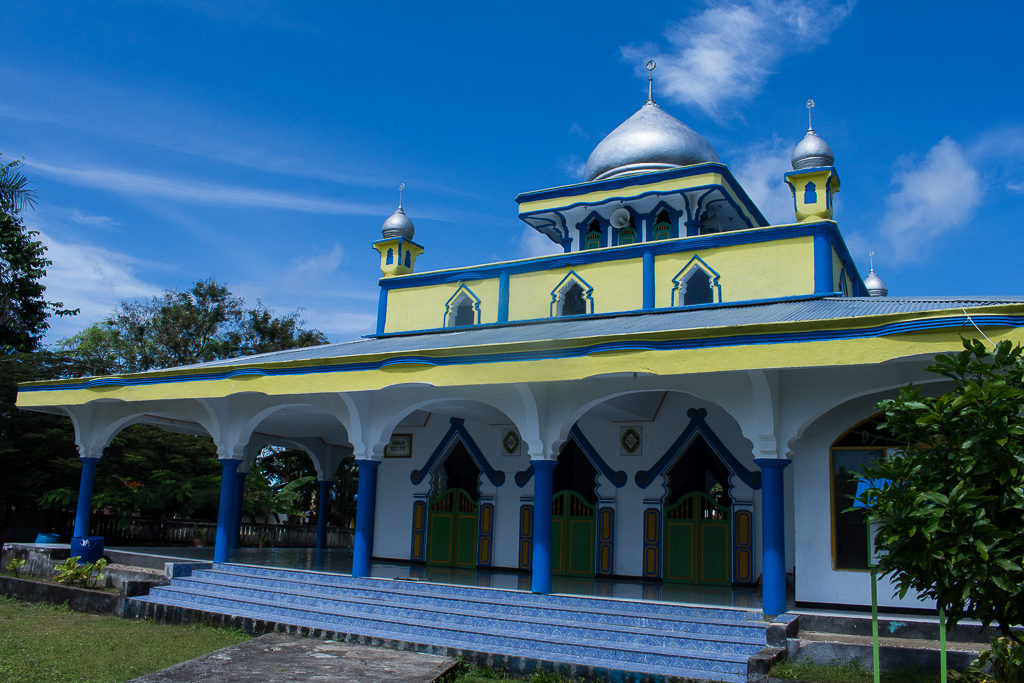
In the plantation above the village, buttressed kenyan trees tower protectively over groves of nutmeg trees and an old man was gathering the fallen nutmeg fruit, yellowish-green and the size of a small apricot, chopping them in half to expose the brown nutmeg with its bright red, lacy covering of mace.
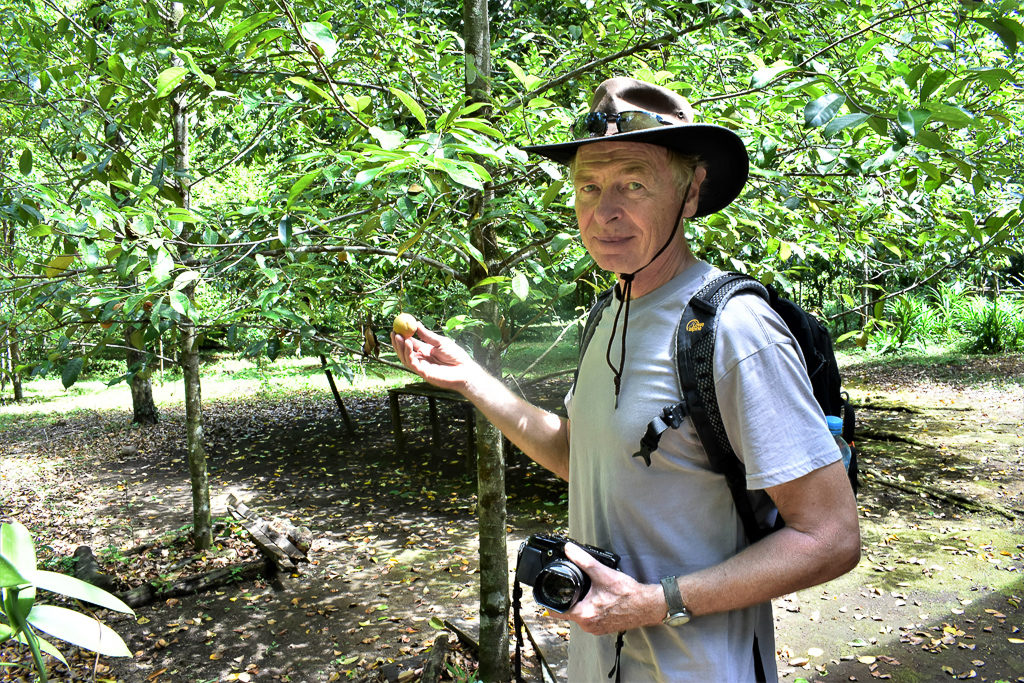
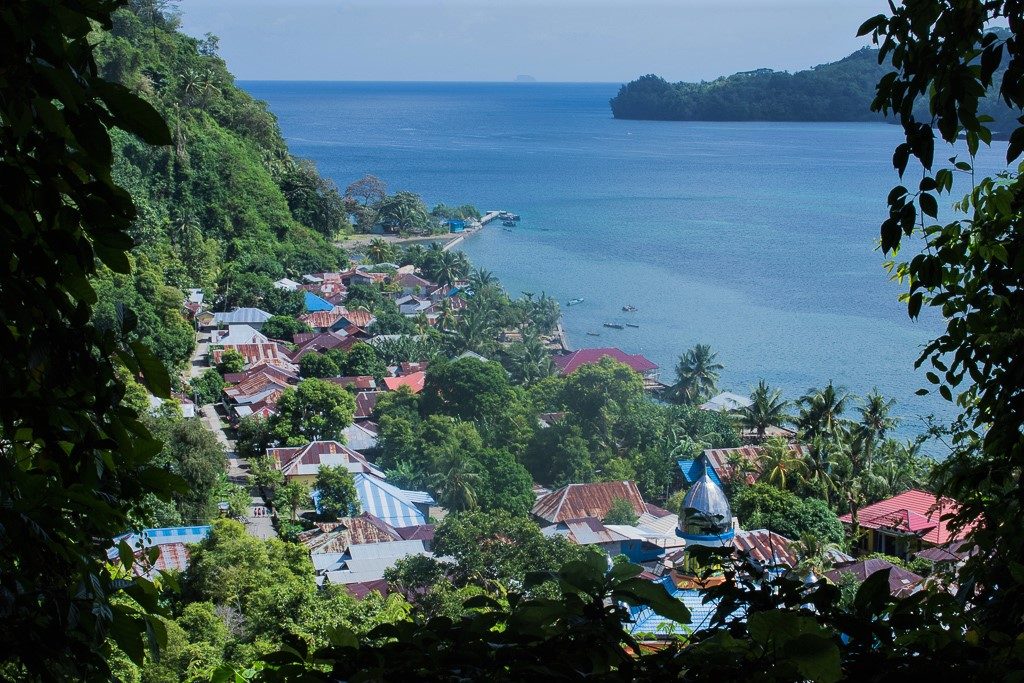
Above Lonthoir are the overgrown ruins of Beteng Hollandia, built in 1624 and once one of the biggest Dutch fortresses in the Indies.
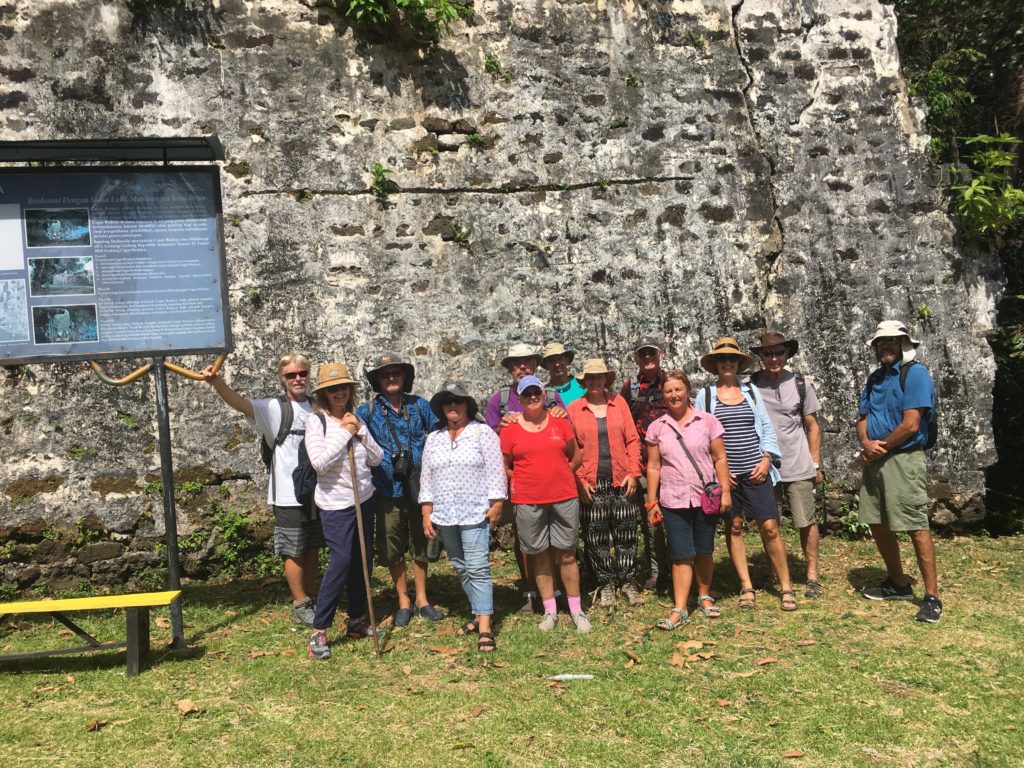
The people here were keen to have their photos taken and the children cheeky and adorable.
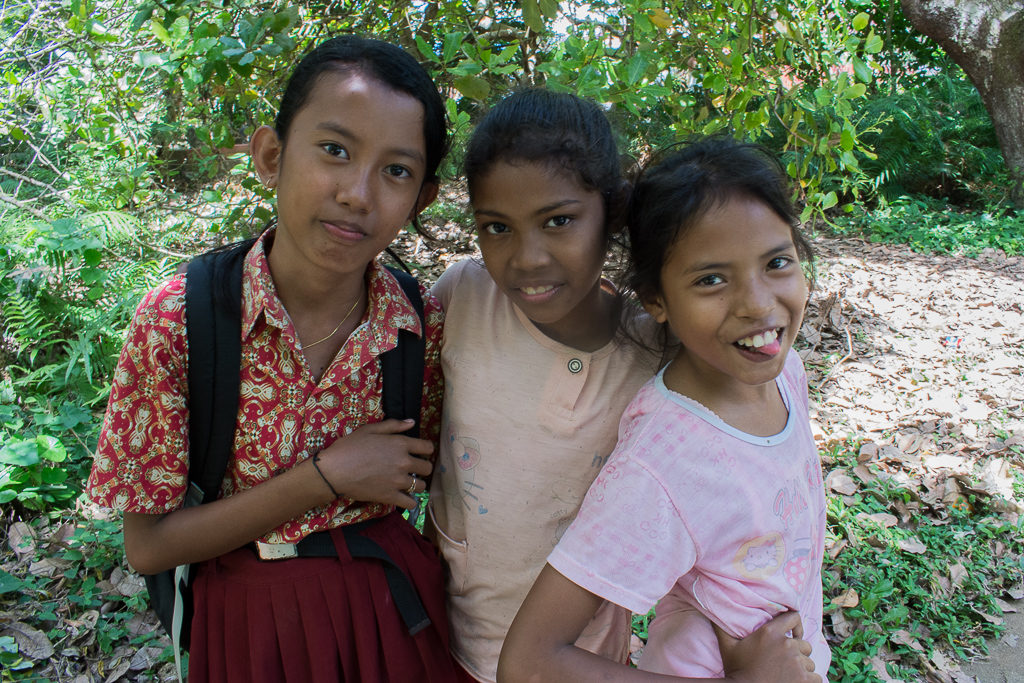
To the north of Neira island lava has flowed down the side of the volcano into the sea, and coral has grown to cover the lava, with beautiful soft corals, colourful reef fish and unusual hard coral formations. We went snorkelling here but stupidly I have managed to delete the pictures I took. Here are some great ones that Susan took of the corals and of me and a moray eel, thank you Susan.
We could have happily spent another week on the Banda islands and it would have been good to have taken a trip out to Run and to have tried to anchor there, but we wanted to catch up with most of the rally boats who had already left and to not miss the welcoming ceremony at the next rally stop, and so we headed off, with Hakuna Matata, for the two day sail on to the village of Tifu on Buru Island.
I suppose this is one of the problems with being on a rally, the feeling that it is dictating the pace. With a schedule of four days in each place and one or two days of sailing between stops, we are already feeling the pressure and may well soon opt out for a while.
In the meantime here are a few more photos from the Banda islands…
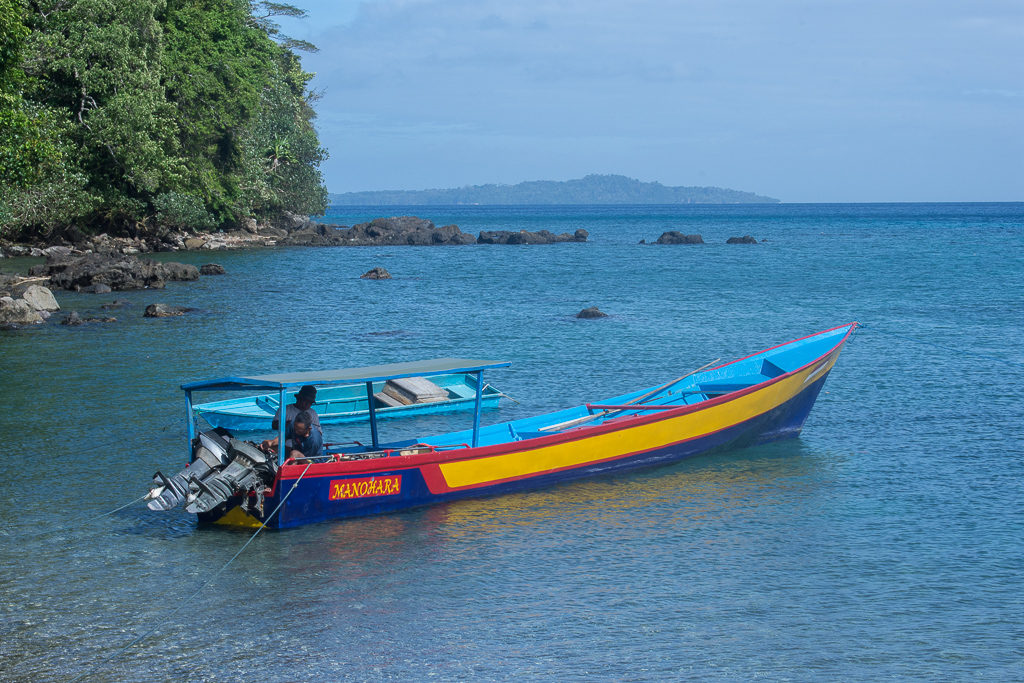
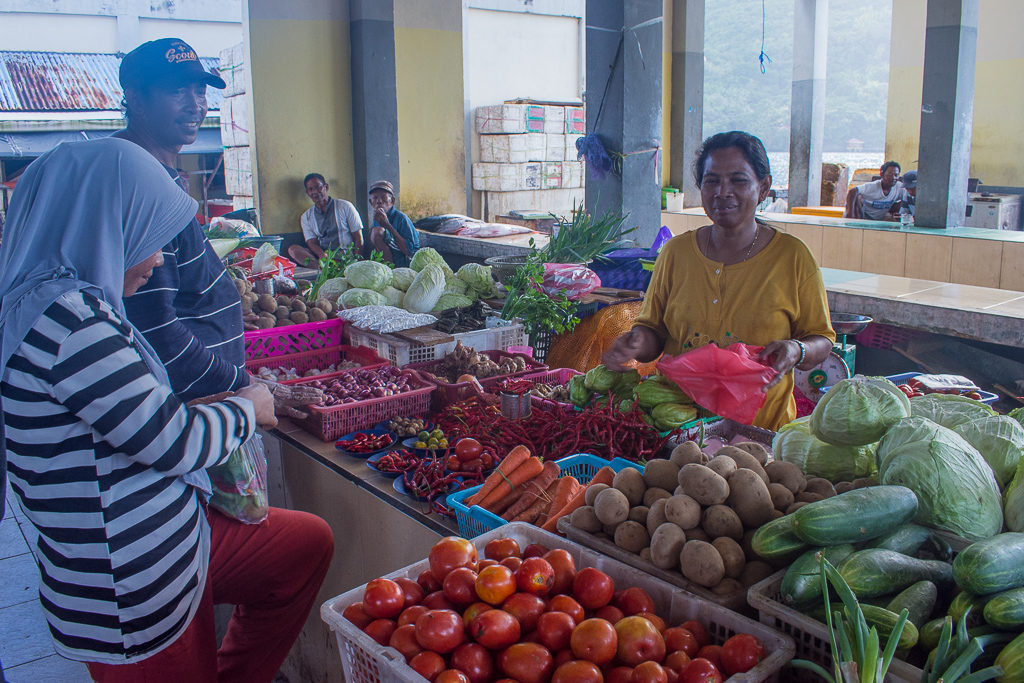
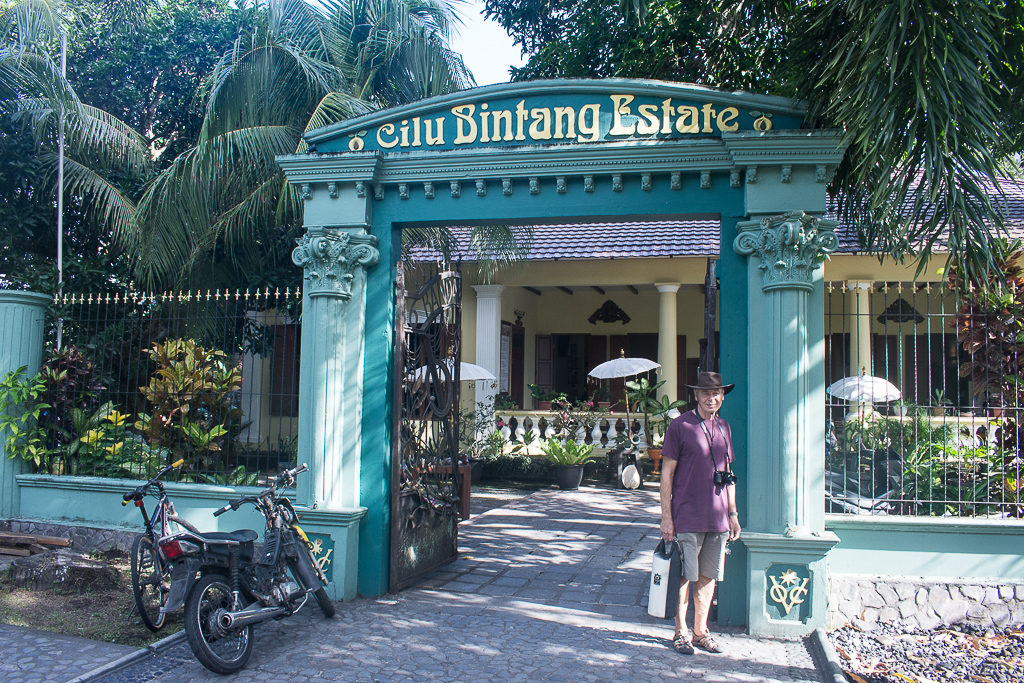
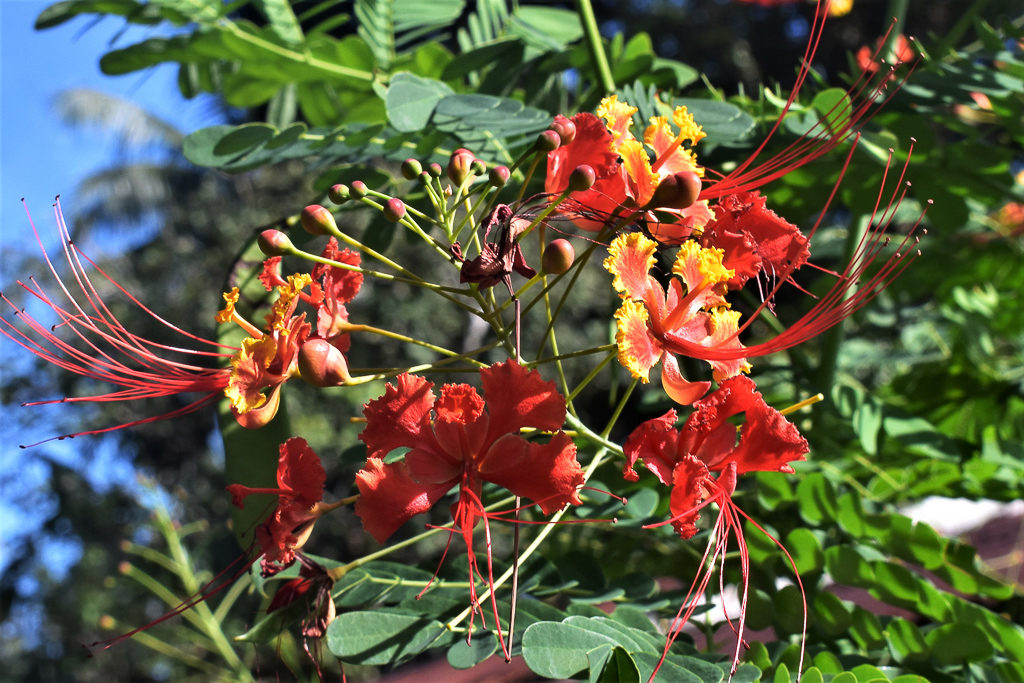
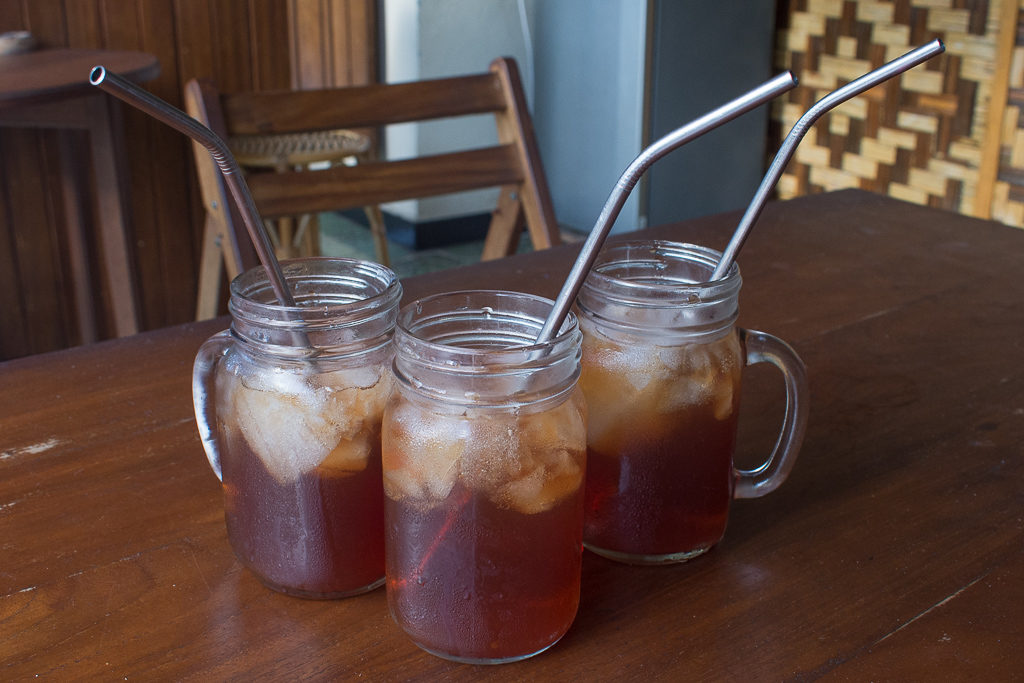
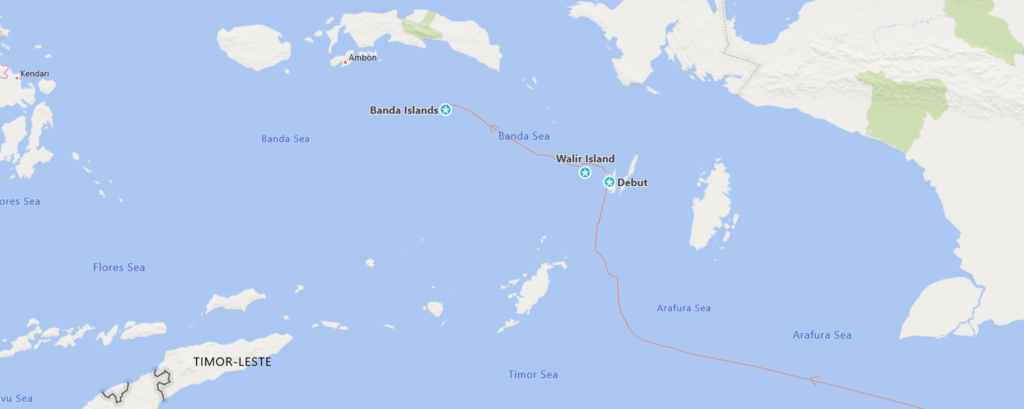
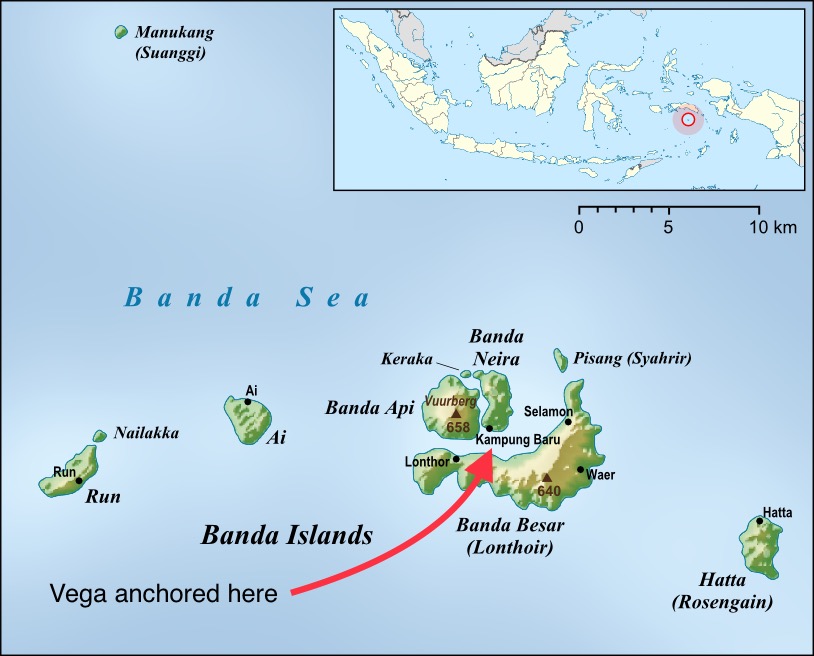
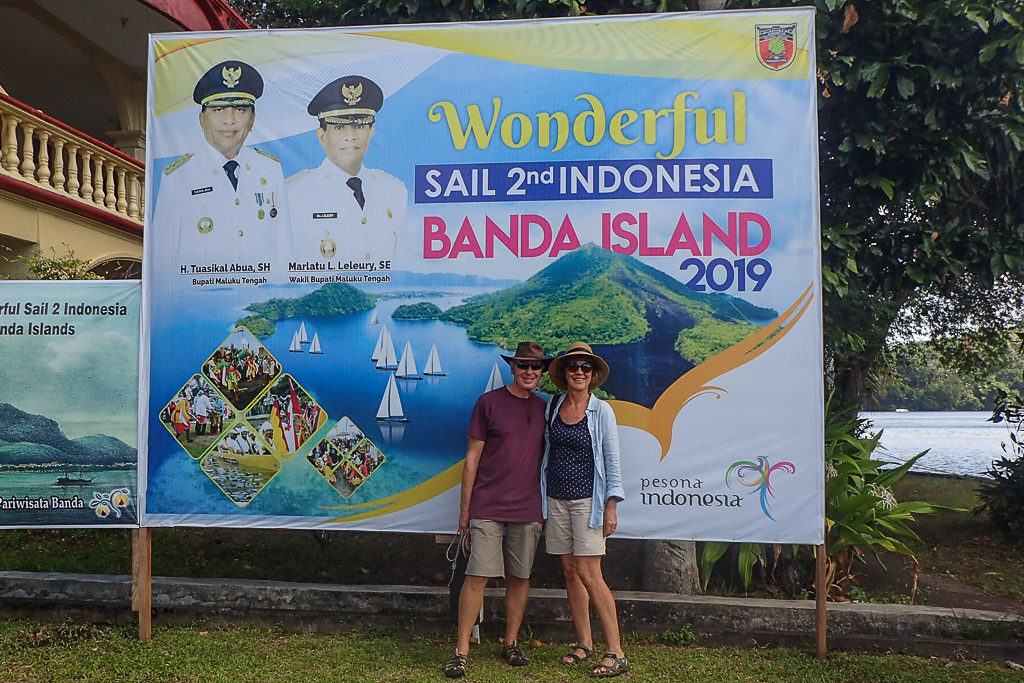
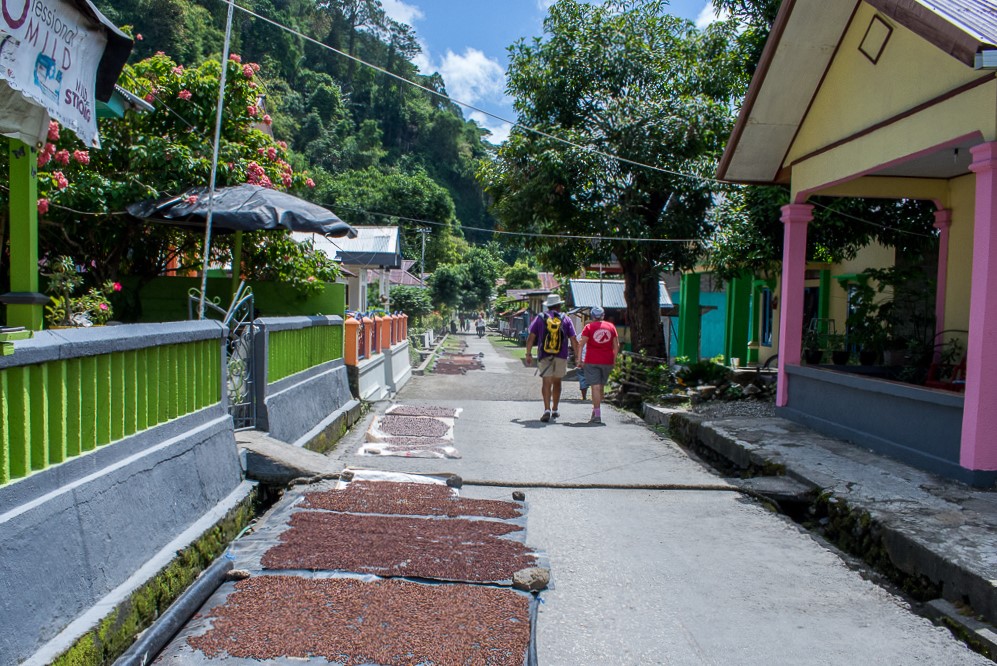
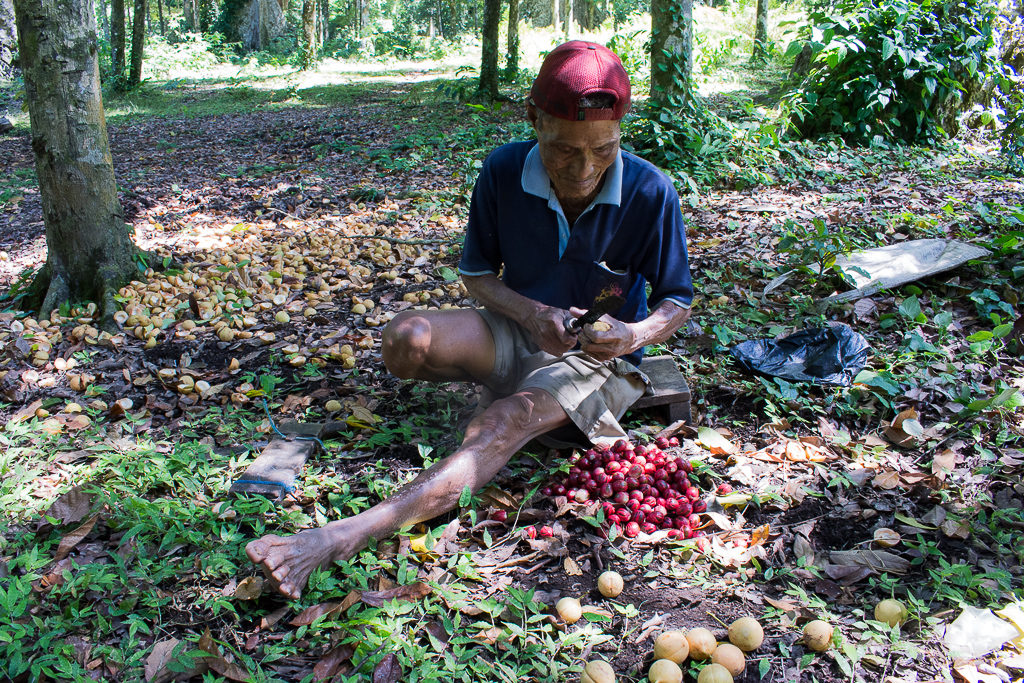
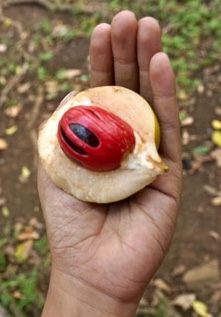
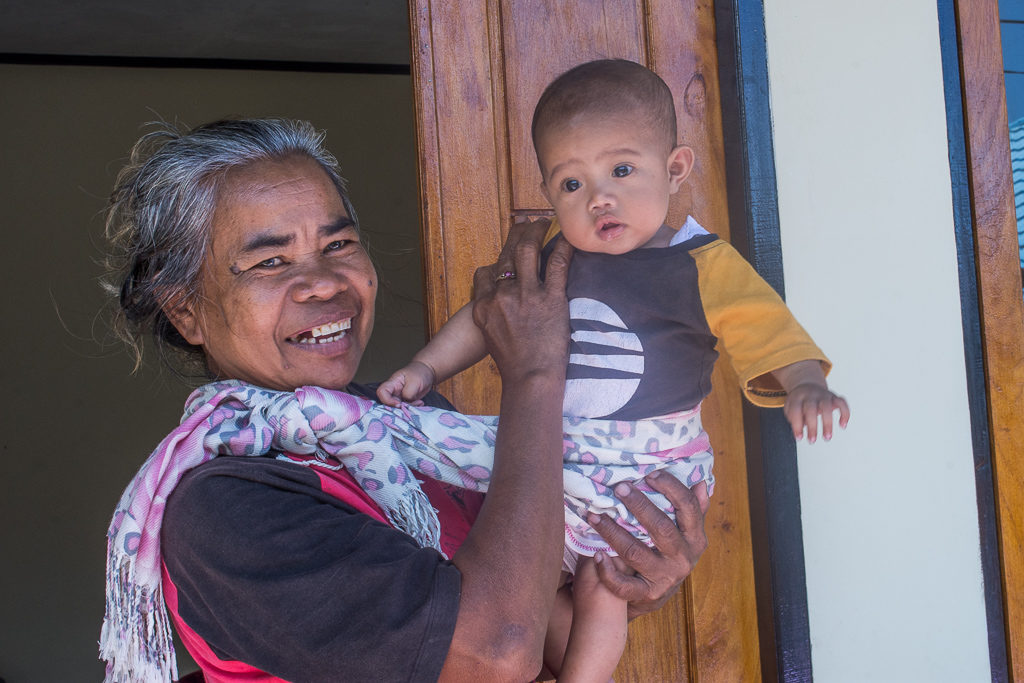
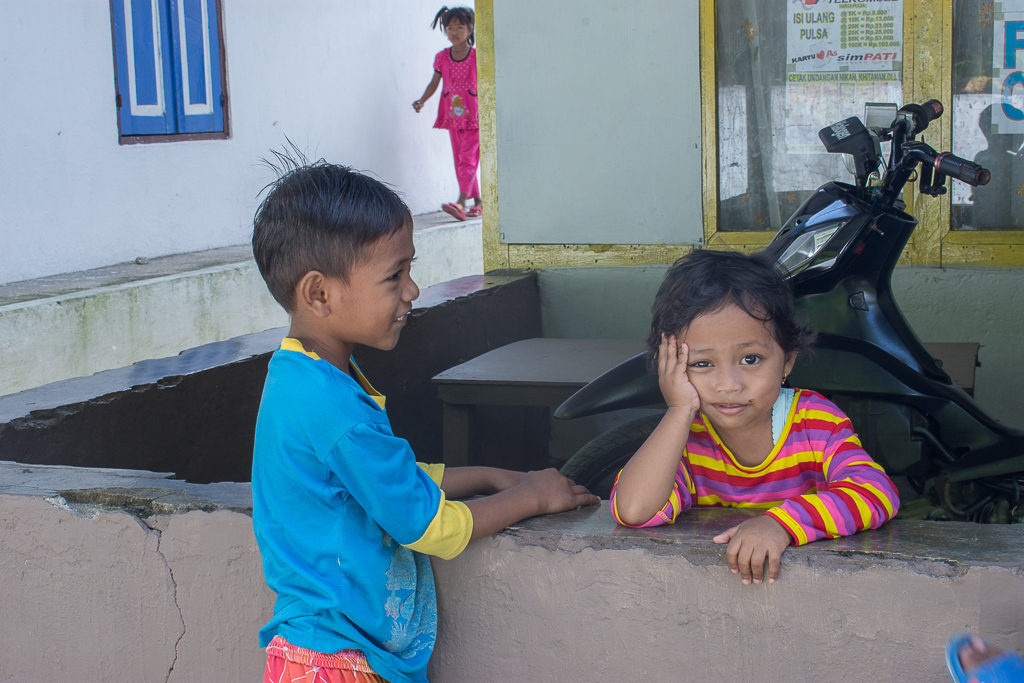
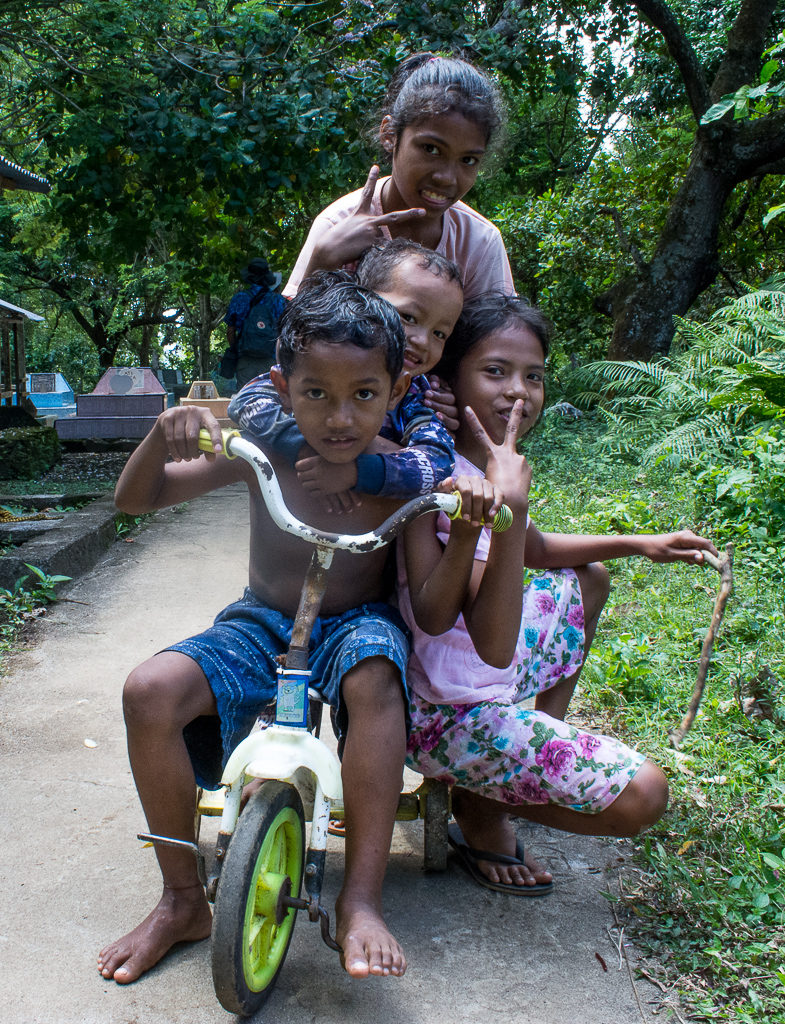
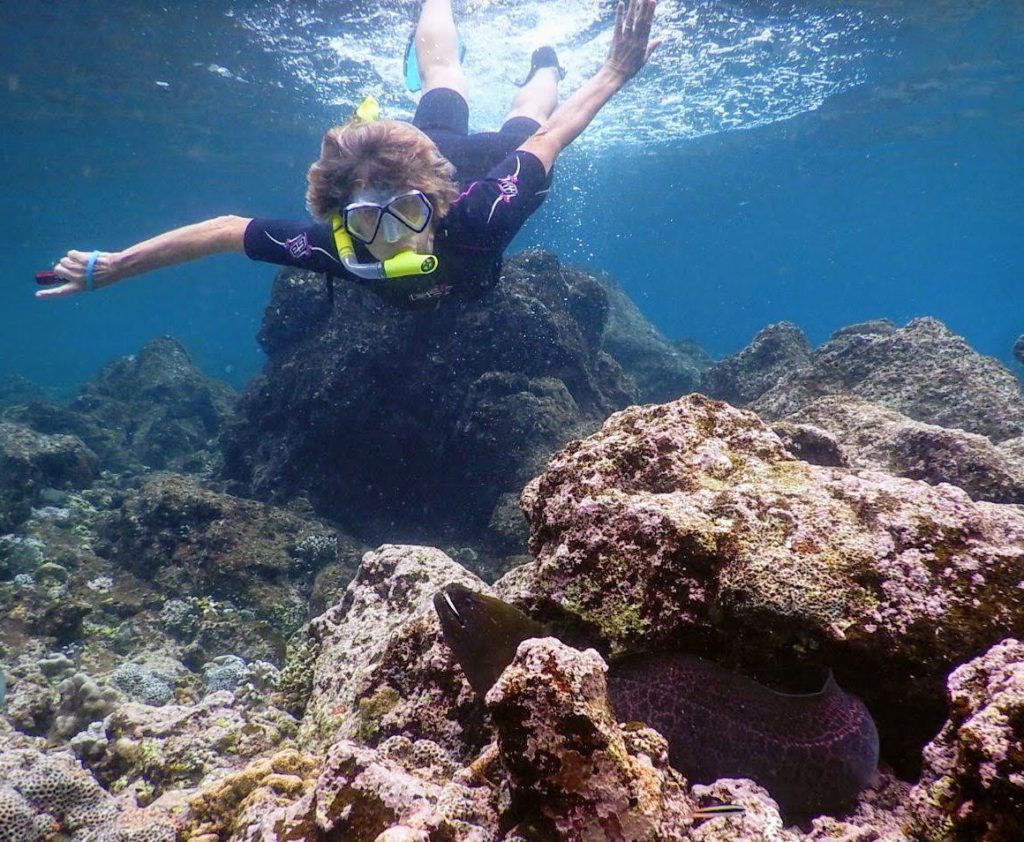
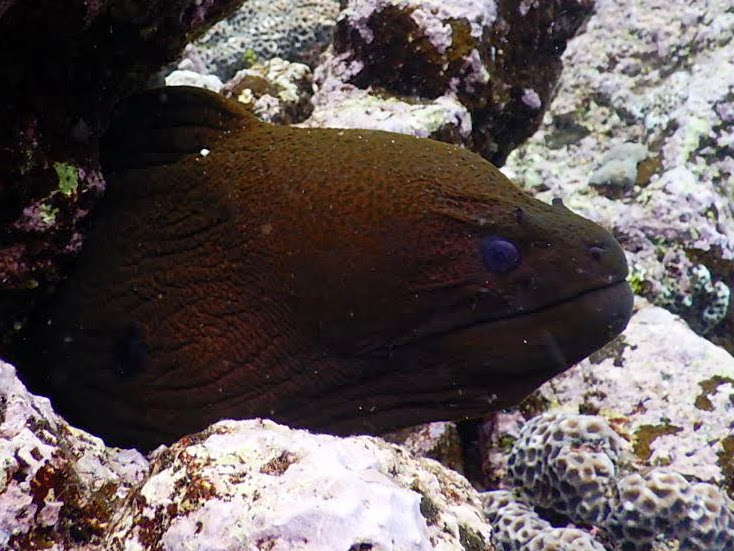
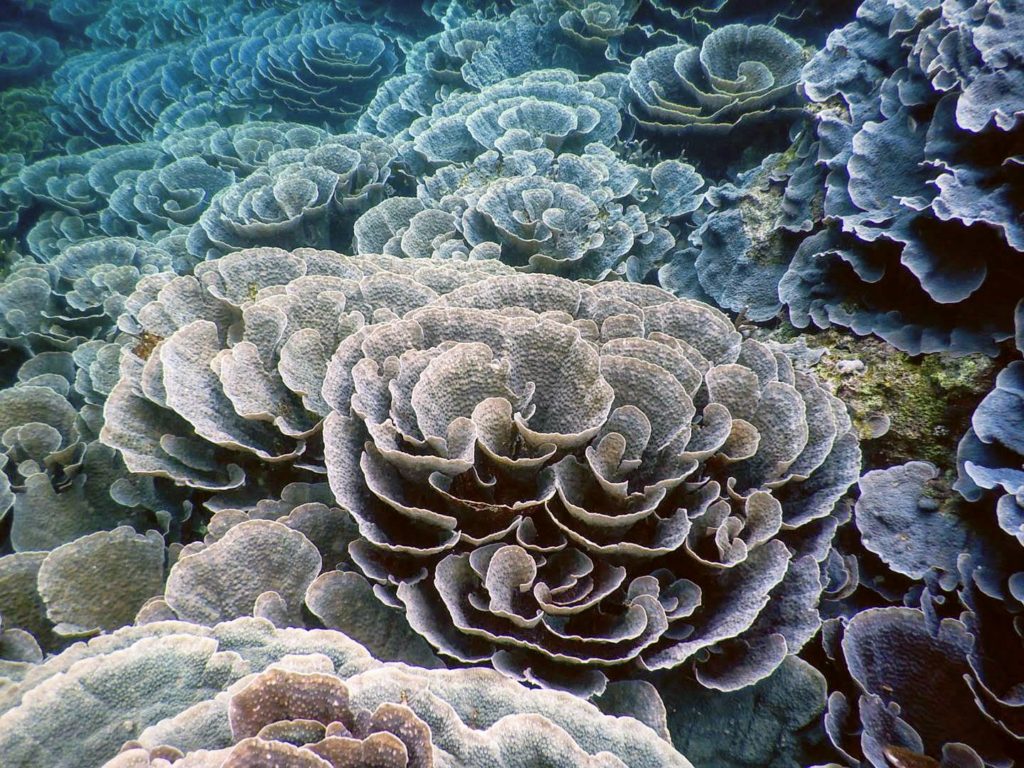
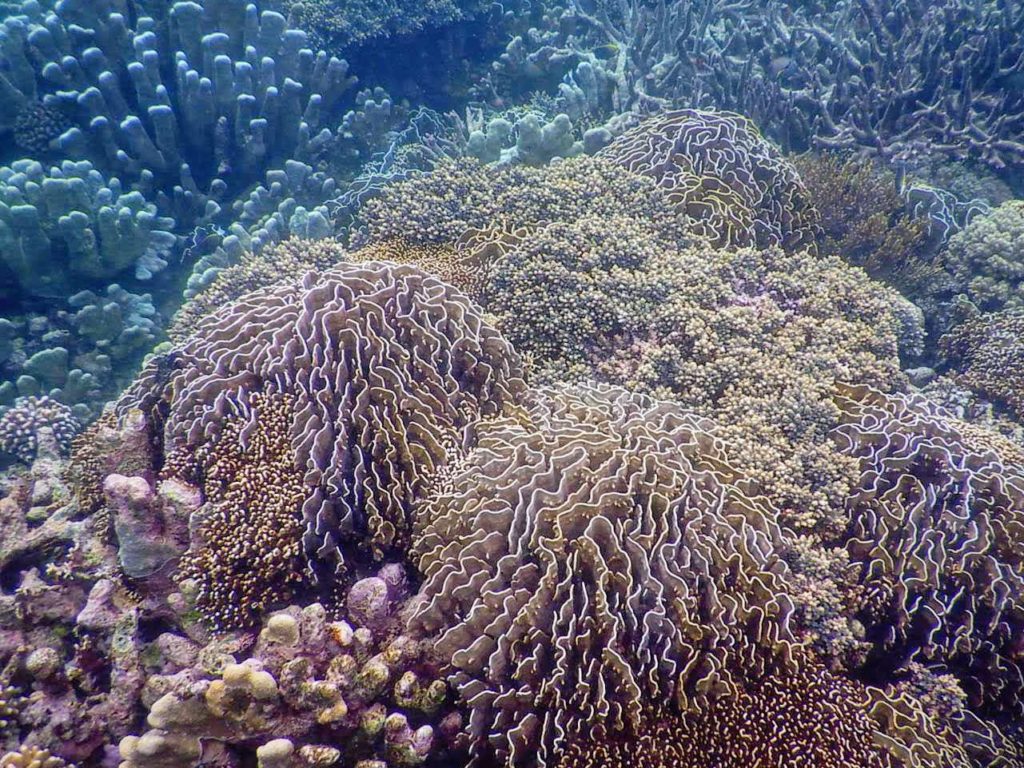
3 Comments
Nina and Ben
August 21, 2019 - 10:01 amFascinating as always. Thank you Annie for your wonderfully evocative description of the places you visit. I almost feel we could be there with you x
annie
August 22, 2019 - 3:01 amThanks Nina & Ben. Great to get your feedback. We loved Banda and wished we’d stayed longer. See you in a few months xxxx
Karen Rochester
August 23, 2019 - 11:25 amFabulous Annie, so interesting. Always love the photos too xx